Cell Types Gizmos
Document Content and Description Below
Student Exploration: Cell Types Vocabulary: ATP, bacteria, carbon dioxide (CO2), cell, cellular respiration, compound light microscope, eukaryote, multicellular, muscle cell, neuron, organelle, phot... osynthesis, prokaryote, protist, red blood cell, root hair cell, tissue, unicellular, white blood cell Prior Knowledge Questions (Do these BEFORE using the Gizmo.) 1. How do you know if something is alive? Describe some of the characteristics of living things. All living things move, plants track the sun, humans and animals run. All living things require food and therefore anything that is living eats or creates food. All living things grow, plants grow in size and humans do too. these are some of the characteristics that define a living thing. 2. Humans, plants and mushrooms are all alive. What do these organisms have in common? These organims are always in need of nutrition. Humans require food as energy, plants create food using energy from the sun and so do mushrooms. These organisms are growing. Humans, plants and mushrooms grow to a certain extent. The listed organisms all fulfill the characteristics of a living thing. Gizmo Warm-up In the Cell Types Gizmo, you will use a light microscope to compare and contrast different samples. On the LANDSCAPE tab, click on the Elodea leaf. (Turn on Show all samples if you can’t find it.) Switch to the MICROSCOPE tab to observe the sample as it would appear under the microscope. By default, this microscope is using 40x magnification. 1. Drag the Coarse focus slider until the sample is focused as well as possible. Then, improve the focus with the Fine focus slider. What do you see? Under 40x magnification, you see several small rectangular shapes which are lined up compactly. When the labels are turned on, we see that these chambers are cells. 2. Select the 400x magnification. If necessary, adjust the fine focus. Now, what do you see? Under 400x magnification, we are able to see certain parts of this cell. We also see the chloroplast, vacuole, nucleus, etc. The individual chambers you see are cells, the smallest functional unit of an organism [Show More]
Last updated: 2 years ago
Preview 1 out of 13 pages

Buy this document to get the full access instantly
Instant Download Access after purchase
Buy NowInstant download
We Accept:

Reviews( 0 )
$12.00
Can't find what you want? Try our AI powered Search
Document information
Connected school, study & course
About the document
Uploaded On
May 14, 2021
Number of pages
13
Written in
Additional information
This document has been written for:
Uploaded
May 14, 2021
Downloads
1
Views
167




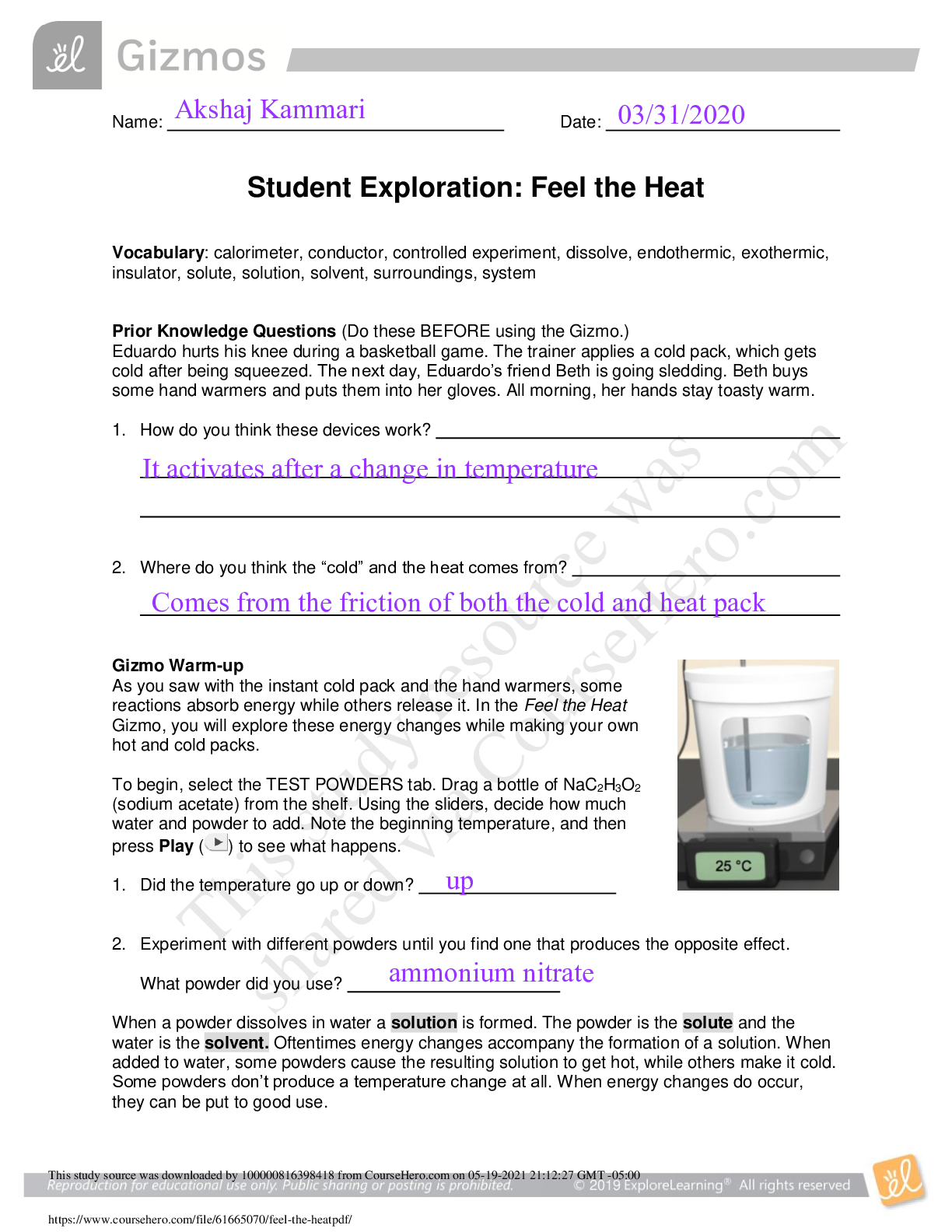
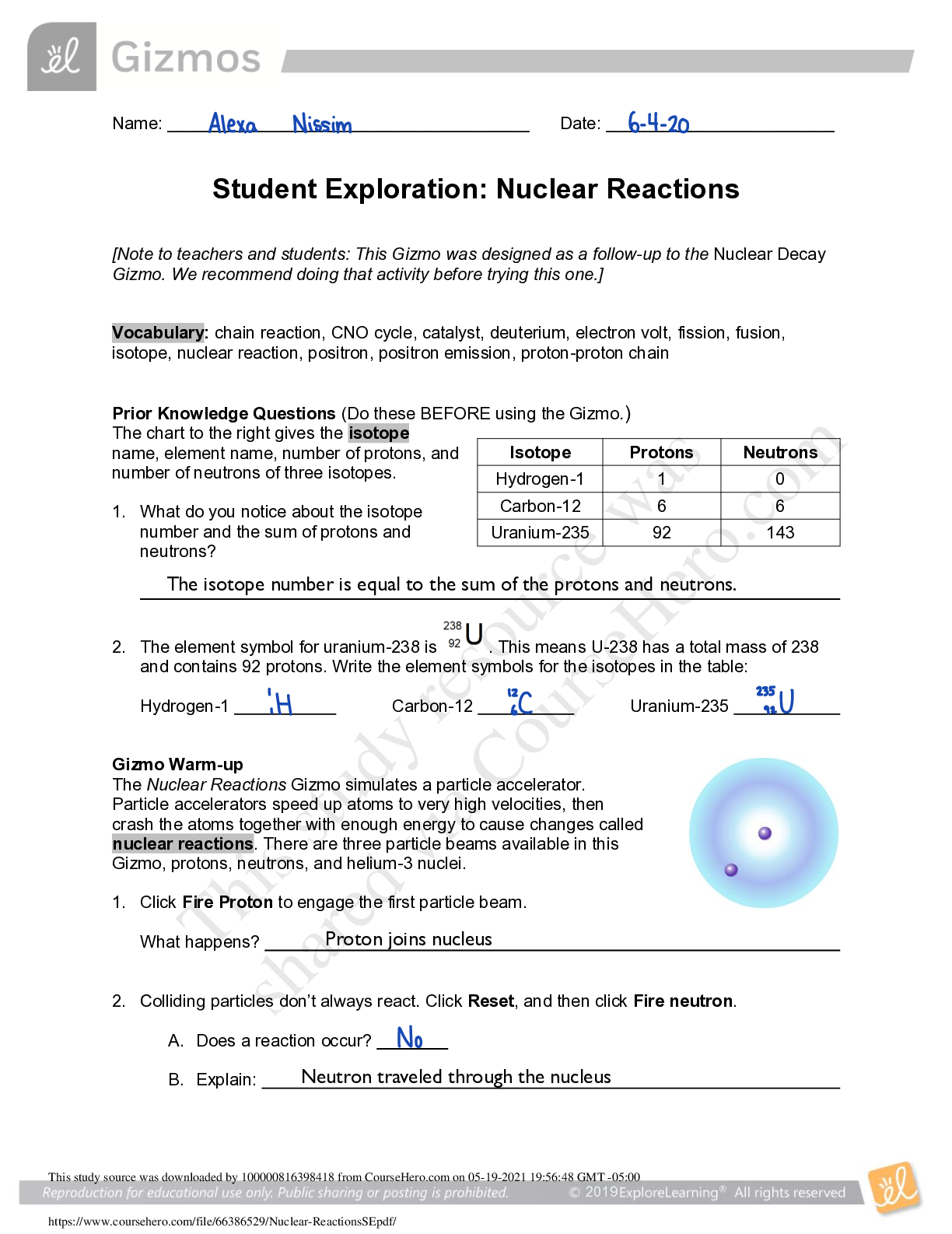


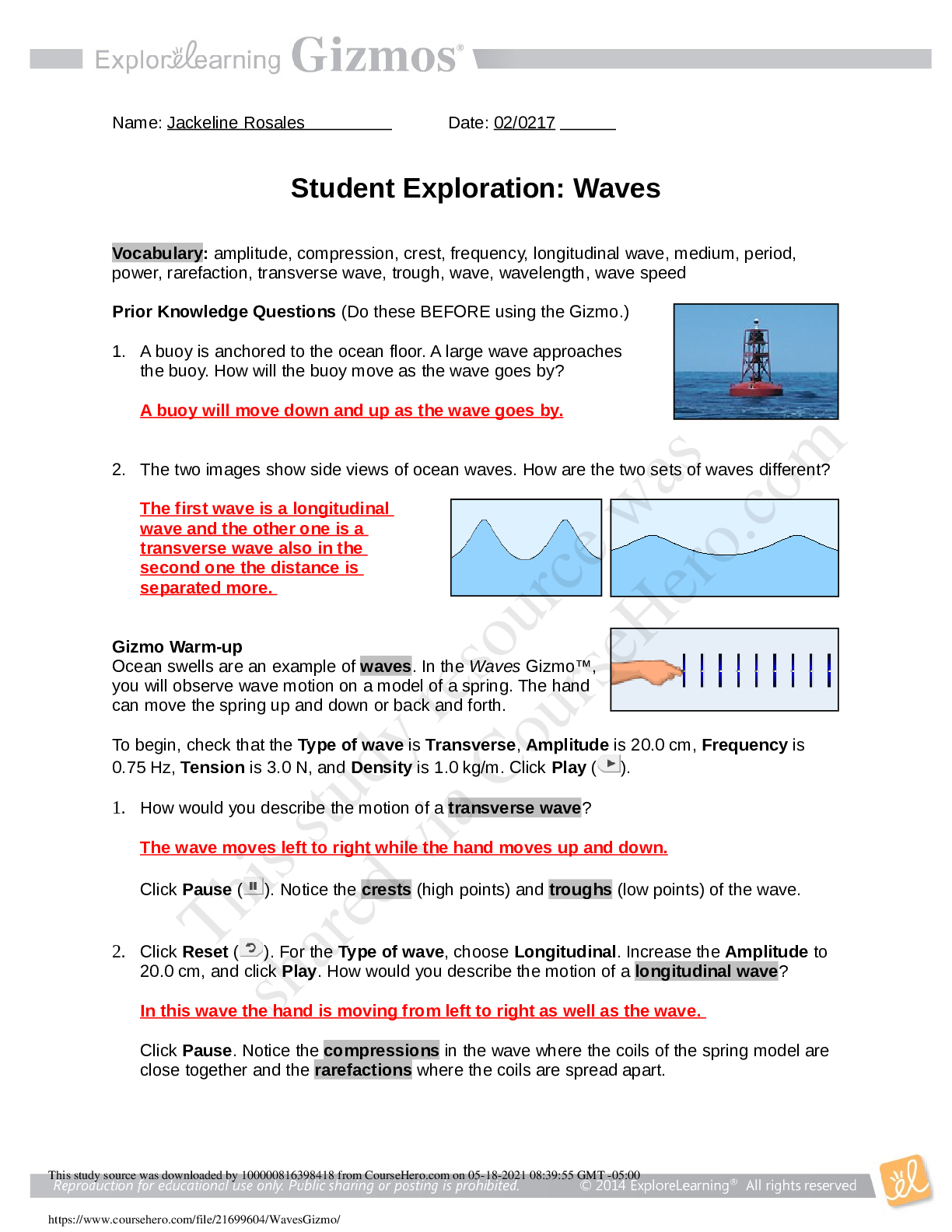





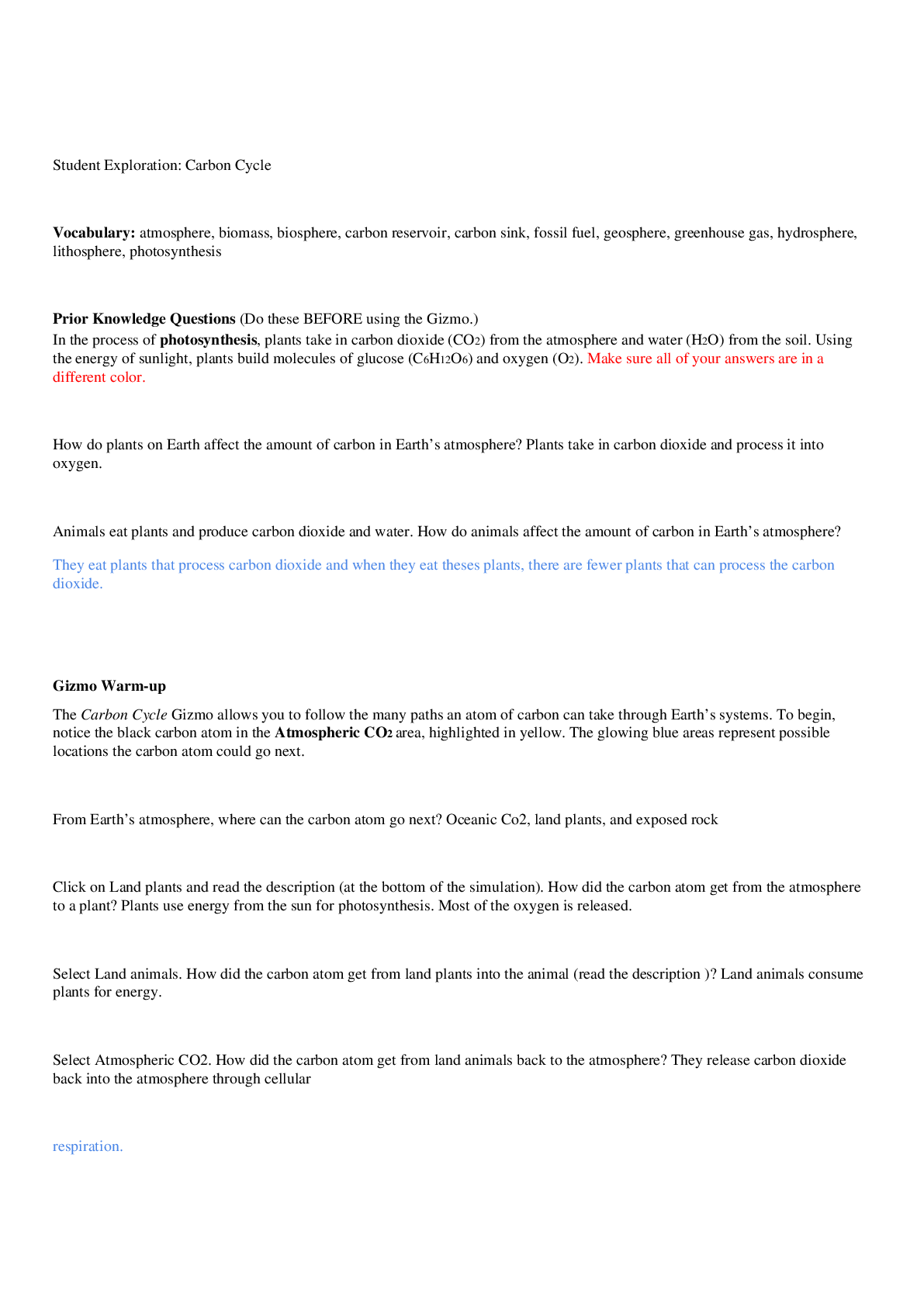
.png)
.png)
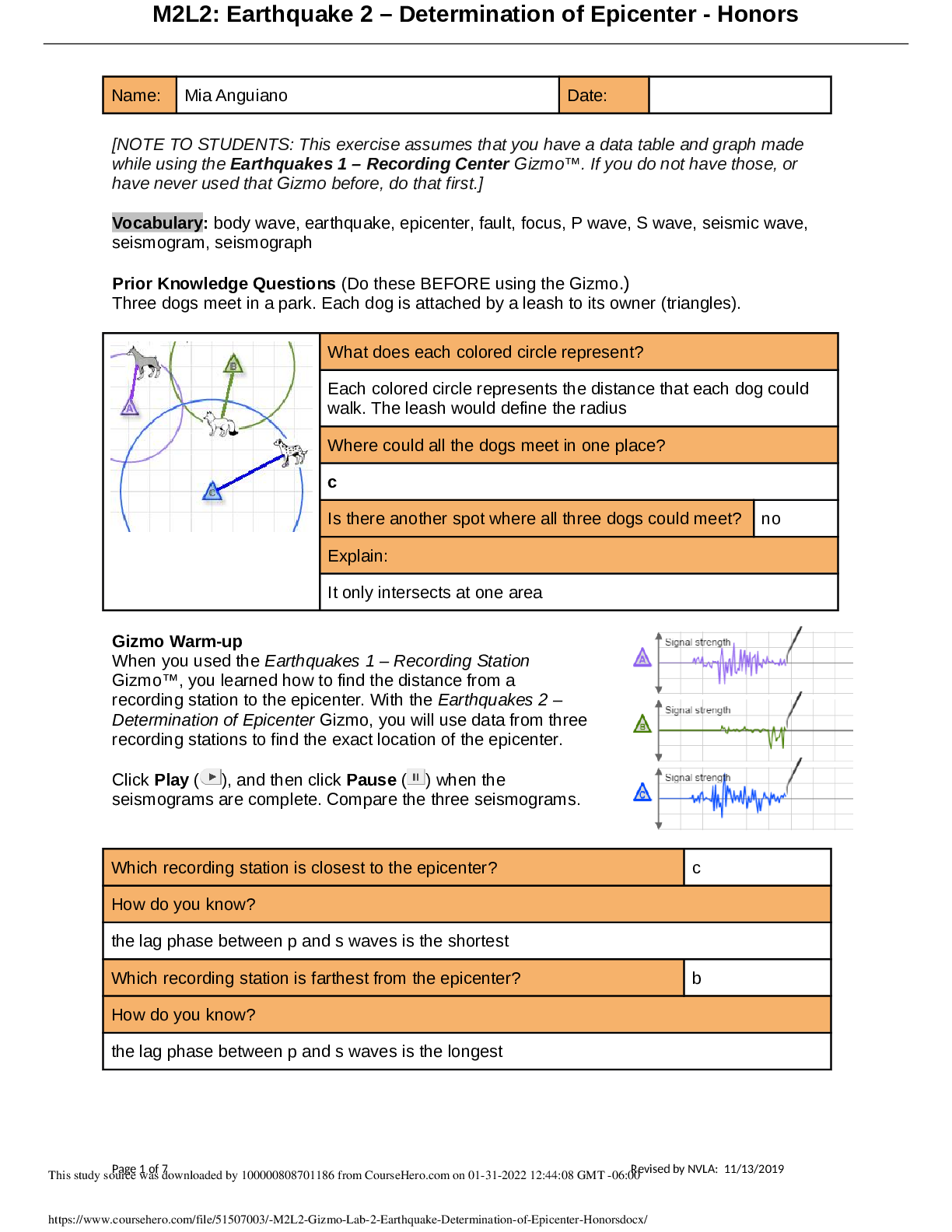
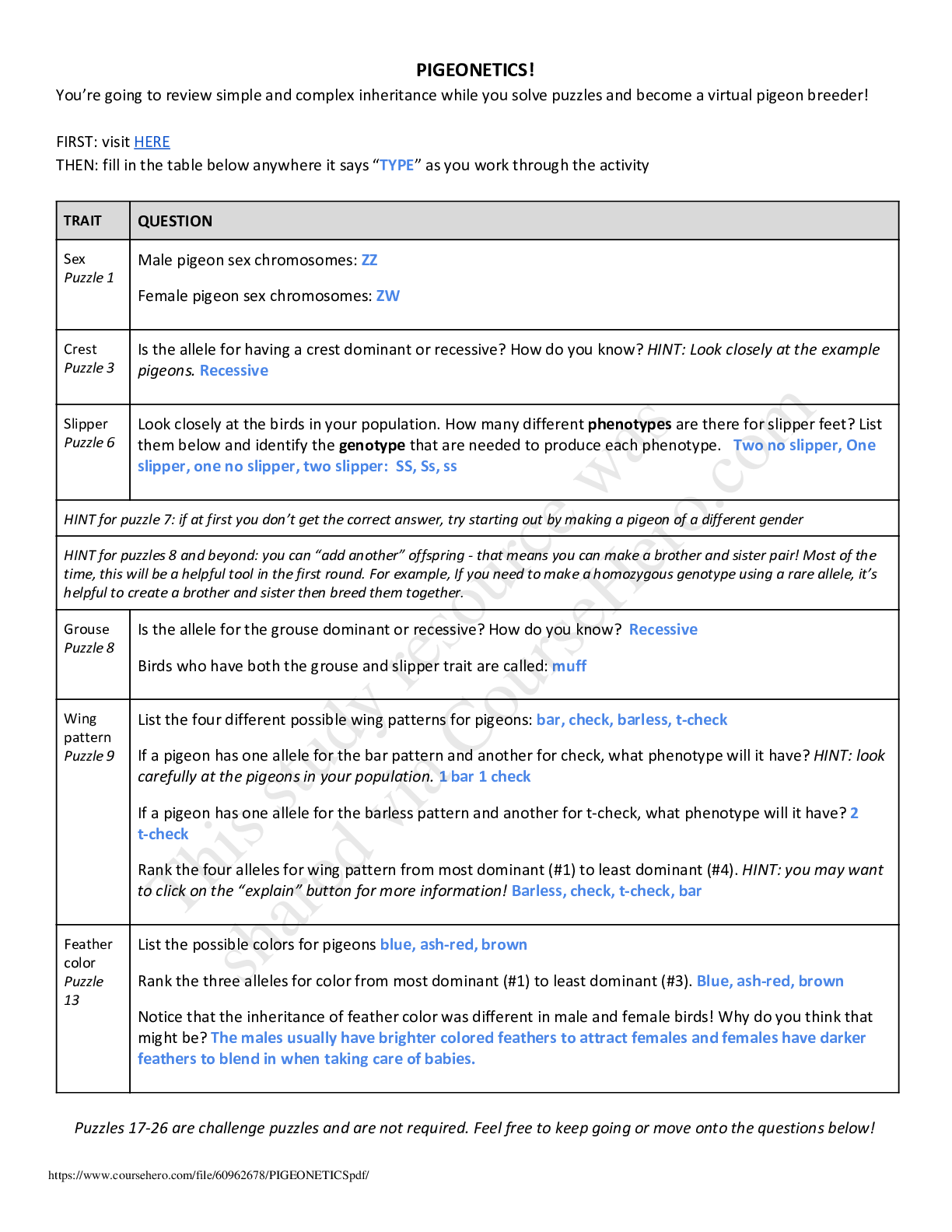


.png)




